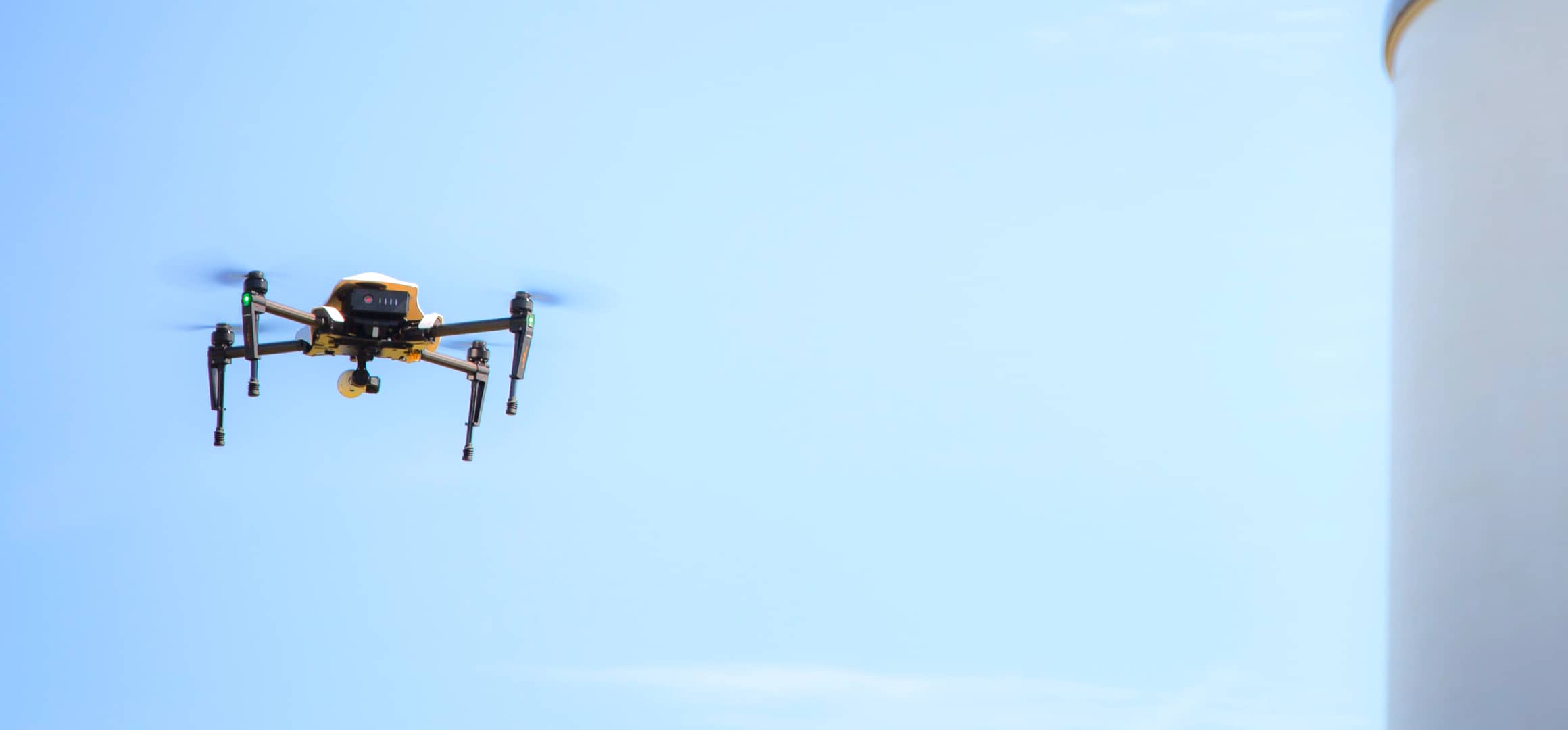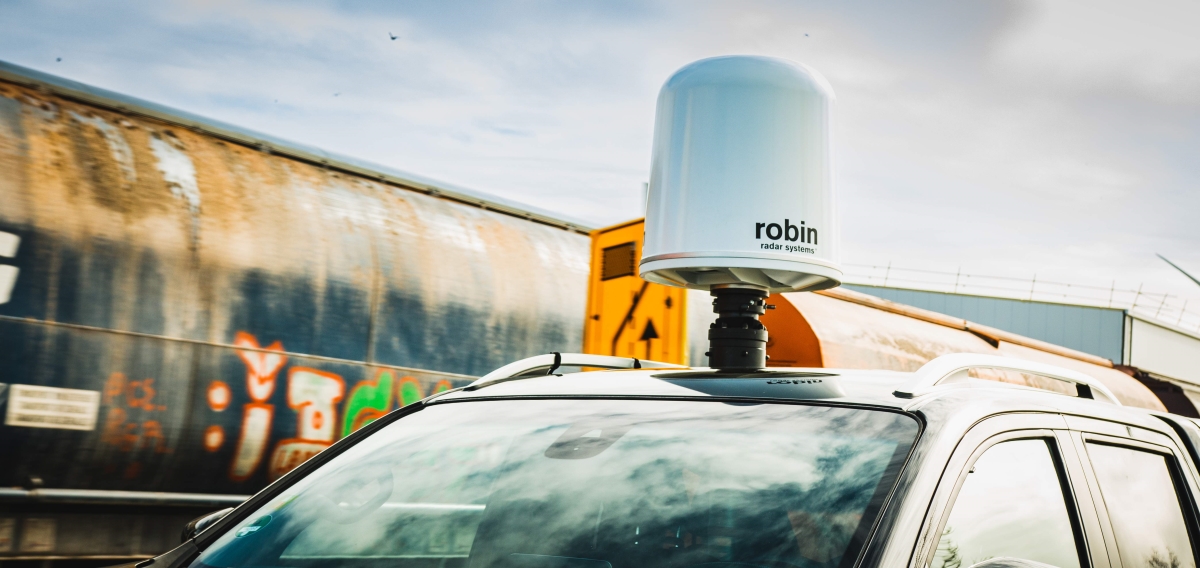From nail-biting sports events to breathtaking concerts, there are few places more thrilling than the modern-day stadium.
Built to facilitate immense crowds and host elaborate shows, these commercial giants have come to symbolise a unity and celebration the whole world can enjoy.
Although stadiums draw people together in shared, unforgettable experiences, they also attract an increasingly modern challenge: drones.
Reckless fun or dangerous intrusion, drones are always an unwanted spectacle at stadiums. Once a novelty for hobbyists, today drones have become a powerful tool and a formidable threat.
In 2023, approximately 2.4 million drones were shipped worldwide, and by 2030, this figure is projected to reach 9.6 million. They’re small, fast, capable of flying into critical airspace undetected by traditional cameras and elusive to the naked eye.
The growing drone threat raises serious questions about the measures stadiums must take to strengthen security against drones, ensuring these venues remain places of celebration, not risk.
The rise of the drone
Drones offer unprecedented accessibility. Compact, affordable, and easy to operate, they are no longer confined to specialised use.

Unfortunately, the democratisation of drone technology comes with risks:
- Safety hazards: A drone malfunction over a packed stadium could lead to injuries.
- Security concerns: Drones can bypass physical barriers, posing a threat to players, performers, and fans.
- Privacy invasion: Unauthorised drones can capture sensitive images or live-stream events, infringing on copyrights or personal privacy.
- Political demonstration: Drones have been used increasingly to display disruptive messages of propaganda, particularly at events heavily covered by the media.
- Malicious use: In the wrong hands, drones could deliver harmful payloads or disrupt events intentionally.
The drone leaves security teams no room for second-guessing. Careless amateur or targeted attack, a drone incursion at stadiums must be handled with speed and precision every single time.
Why stadiums are a prime target
Stadiums offer large, open designs that make them hard to shield from above, and their high-profile nature ensures any disruption attracts maximum attention. Whether it’s unauthorised recordings or malicious activity, the stakes are high when people are gathered in hundreds of thousands.
In 2021, the Tokyo Olympics faced unauthorised drones flying near Olympic venues, prompting the deployment of counter-drone measures like nets and signal-jamming devices to ensure athlete and spectator safety.
Another published example occurred in 2023 at the UEFA Champions League final in Istanbul, Turkey. During the match between Manchester City and Inter Milan, a drone entered the airspace above the Atatürk Olympic Stadium, briefly disrupting the event. Security officials swiftly neutralised the drone using counter-drone technology.
Only last year, in 2024, the stage drew silent at a Green Day Concert in Detroit. The show paused abruptly as an unauthorised drone was detected flying overhead. The band returned on stage 10 minutes later and the drone pilot was detained, facing up to a $30,000 fine.
Incidents like these are just a few of many that highlight the persistent risks posed by unauthorised drone activity at high-profile events
Neutralising the drone threat
No single sensor can detect, track, classify and neutralise drones. It takes several, working in absolute harmony to tackle the evasive drone and its unpredictable pilot.
Only C-UAS radar is capable of detecting everything within its broad range, acting as the primary sensor to alert and cue others within this specialised ecosystem.

A good example is the Paris 2024 Olympics, which French security agencies protected from potential drone threats. Robin contributed to the event’s advanced anti-drone PARADE system with 3D drone radar, IRIS.
The specialised CUAS radar formed part of a multi-layered defence at the event, providing 360° coverage to accurately detect and classify drones all around the venue.
In essence, systems like IRIS provide:
- Detection: CUAS radars can identify drones from kilometres away, distinguishing them from birds or other objects with specialised technologies.
- Tracking: IRIS monitors movement in real-time, giving security teams accurate insight and critical response time.
- Classification: With micro-doppler and deep neural networks (DNN), IRIS can accurately distinguish drones from other flying objects
Ensuring safe stadiums
Modern stadiums are marvels of architecture and hubs of shared human experience.
Protecting them from drones is not just the responsibility of security teams. It’s a collective effort requiring collaboration between technology providers, law enforcement, event organisers, and even governments.
Managing the drone threat takes relentless innovation and proactive collaboration, by which critical infrastructures, such as stadiums, can only benefit.
With comprehensive CUAS systems, stadiums can detect, track, and neutralise drone threats with precision, safeguarding the people and events that make these spaces so special.
